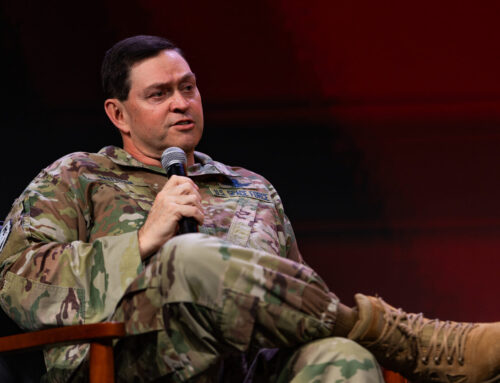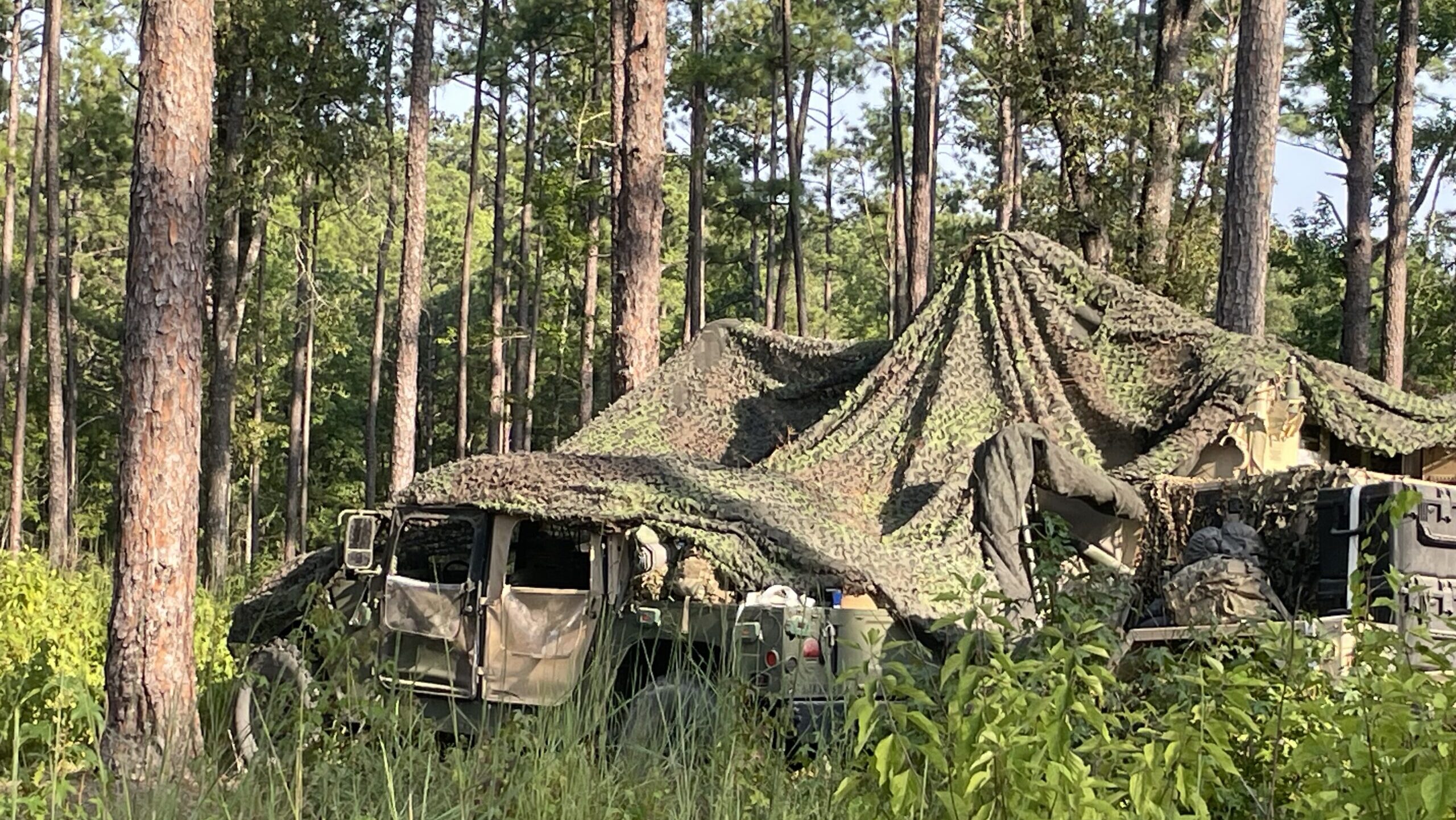Denmark, Finland, Norway and Sweden are aligned on a plan to jointly procure a new Infantry Fighting Vehicle to replace existing Combat Vehicle 90 (CV90) fleets in the 2030 to 2040 timeframe (Saab)
AUSA 2024 — The Nordic countries of Denmark, Finland, Norway and Sweden are evaluating a joint procurement of a future Infantry Fighting Vehicle (IFV), senior officials from two of the countries told Breaking Defense.
Discussions between the four nations have already been held, and if the plan moves ahead as anticipated, the new platform would be acquired in the 2030 to 2040 timeframe.
Maj. Gen. Lars Lervik, Chief of Staff of the Norwegian Army, said in an interview on Monday that the four nations are “currently investigating” the project, in the hope that it could lower procurement costs and make development and maintenance issues “easier.”
Similarly, Maj. Gen. Jonny Lindfors, Commander of the Swedish Army, told Breaking Defense Tuesday, “We’re in agreement that we’re going to go together. … We want to have the same [future] platform, the same equipment. We don’t want any national, special requirements.”
He added, “We’re aiming for cross-development, cross-buying and cross-use, basically, because we need to align and ease up the supply chains and be able to sustain the vehicles. We’re going to fight in the same region so we see the benefits” of a joint approach.
Each nation currently fields BAE Systems’s Combat Vehicle 90 (CV90), and Lindfors said it would be a “natural development to buy more of them.” But, he said, it’s not the “sole single system” under consideration and talks have been held with “more than one manufacturer.”
“We’re having discussions regarding requirements and what the next generation of combat vehicles will look like,” he said.
Eventually, a newer version of the tracked vehicle will “probably” be procured, according to Lervik.
Based on the “need” across the four nations to replace existing CV90 stocks, the next generation IFV would be acquired “between 2030 and 2040,” added Lindfors.
In a statement, a spokesperson for Sweden’s BAE Systems Hagglunds said, “[For] decades, we have a close relation to and support all the four Nordic countries operating the CV90. Given the Nordic countries needs, we are welcoming the conjointly dialogue about how to procure more CV90s in an efficient way to meet the new European situation, and how to be able to deliver within an agreed timeline.”
Denmark’s Defence Acquisitions and Logistics Organisation (DALO) declined to comment. Finland’s Ministry of Defence has not responded to a request for comment.
In August, Denmark committed to a DKK 10 billion ($1.5 billion) acquisition of 115 CV9035 MkIIIC IFVs for the Royal Danish Army, per a European Union tenders notice. In the case of Finland, it struck a $32 million CV90 upgrade contract, including a midlife extension program, with BAE Systems in 2021. The manufacturer said at the time that the upgrade will last until 2026.
Norway operates a fleet of 144 CV90s that is guaranteed “continuous modernization” under a support, sustainment, and readiness contract, signed with BAE Systems in 2022.
Sweden is currently in the process of acquiring CV9035 MkIIIC IFVs to replace CV9040 vehicles donated to Ukraine. The modernised vehicles feature a new turret design and “significant ergonomic improvements” for crew, according to BAE Systems.
Broadly speaking the company has seen an uptick in orders in recent years including lucrative deals with Slovakia and the Czech Republic.
Last year Stockholm donated 50 CV90s to Ukraine and, through a joint statement with Denmark, the two Nordic counterparts agreed to collaborate on additional supplies of the vehicle, backed by funding from Copenhagen of DKK 1.8 billion. The Netherlands is also part of the initiative through an investment of €400 million ($435 million) to finance manufacturing of the vehicles.
Outside of the joint procurement IFV effort, Denmark, Finland, Norway and Sweden have already agreed to buy the “same uniforms” while plans are in motion to ensure that artillery rounds among the four nations are “interchangeable,” in order to develop “as much interoperability as possible,” said Lervik. “We’re not there yet, but that’s what we’re looking at.”
He outlined that national approval processes relating to the 155mm artillery shell, for example, currently stand in the way of delivering on the interchangeable capability.











